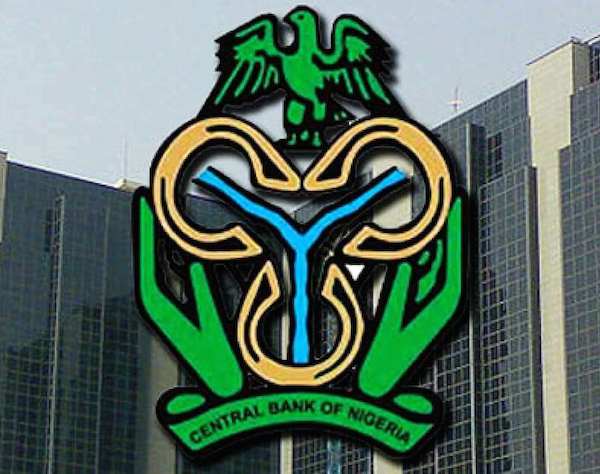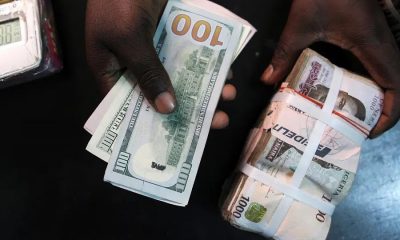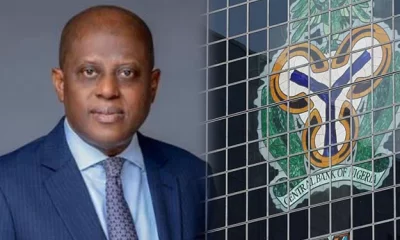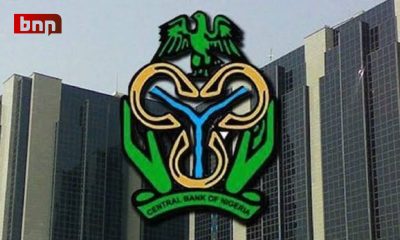Over $9bn was sold as foreign exchange to stabilize the Naira in 2017 as against the $12bn sold in 2016, a recently released annual activity by the CBN has shown.
The report made available to National Daily showed that the Nigerian Autonomous Foreign Exchange Fixing (NAFEX) sales accounted for $622 million or 6.3% of the total amount of the foreign exchange sold.
In this window, the supply of foreign exchange is by portfolio investors and exporters, hence it is simply known as the I and E window.
Sales to the invisibles accounted for $1.3 billion or 14.3%. Invisible foreign exchange transactions include school fees, medical bills, and personal and basic travel allowances.
FX sales to Small and Medium Scale Enterprises (SMEs) amounted to $1.06 billion or 10.9%. SMEs bore a large brunt of the foreign exchange crisis in 2015/2016, hence the agitation for and subsequent approval of an FX window for them.
Interbank sales took the greatest chunk, amounting to $6.0 billion or 62.6% of foreign exchange sold within the year. May 2017, was the month in which the largest amount of foreign exchange ($2 billion) was sold. In October, sales were negative at $88.87 million.
The year-on-year drop in foreign exchange could be as a result of less demand by individuals and businesses.
2015/2016 was marked by the reluctance of the CBN to devalue the Naira despite the reduced foreign exchange income.
The apex bank also embarked on on-demand control measures such as the placement of several items that had been hitherto imported, on a banned list.
Commercial banks in the country in some cases halted the use of Naira master cards abroad or reduced their limits.
2017, however, was marked by a gradual uptick in crude oil prices and production volumes in the country.
CBN also relaxed its restrictions and began the introduction of several foreign exchange windows. First for invisibles, then SMEs, followed by NAFEX.
Foreign exchange reserves have since rebounded and are projected to hit $50 billion before the end of 2018.

 Health & Fitness2 days ago
Health & Fitness2 days ago
 Comments and Issues1 week ago
Comments and Issues1 week ago
 Featured6 days ago
Featured6 days ago
 Education1 week ago
Education1 week ago
 Business1 week ago
Business1 week ago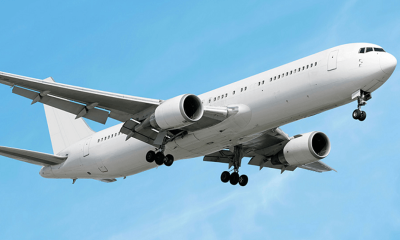
 Aviation4 days ago
Aviation4 days ago
 Business6 days ago
Business6 days ago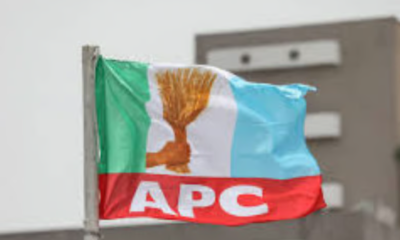
 Crime1 week ago
Crime1 week ago
